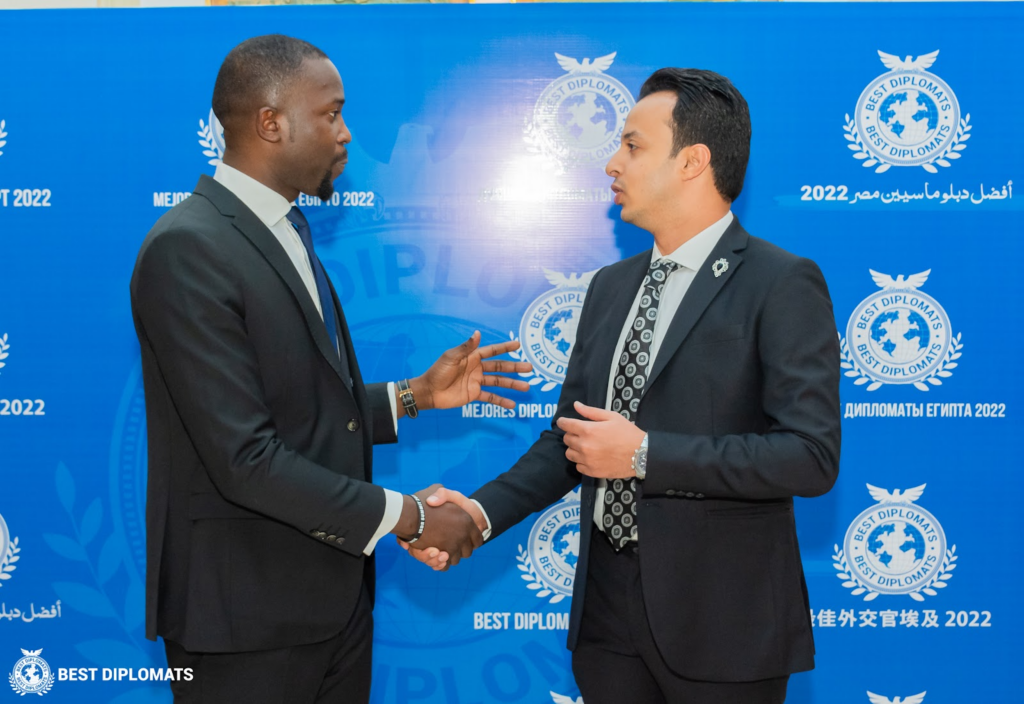When it comes to diplomatic and official assignments, security is paramount. These high-stakes scenarios require robust protocols to protect individuals and sensitive information. This blog post explores the various security measures that ensure the safety of diplomats and officials during their crucial missions.
The Importance of Security Protocols
Security protocols are essential for maintaining the integrity and safety of diplomatic and official assignments. With increasing global tensions and threats, it’s more important than ever to have strong security measures in place.
Understanding Diplomatic Security
Diplomatic security involves protecting diplomats from potential threats such as espionage, terrorism, and kidnapping. These professionals often operate in volatile regions, making their safety a top priority.
Official Assignments and Their Risks
Official assignments, whether domestic or international, can expose individuals to various risks. From political unrest to cyber attacks, officials must be prepared to handle a range of security challenges.
Planning and Preparation
Effective security begins with thorough planning and preparation. This involves assessing potential threats, creating detailed security plans, and conducting regular training exercises.
Risk Assessment
Conducting a risk assessment is the first step in developing a robust security protocol. This involves identifying potential threats and vulnerabilities, which helps in creating a tailored security plan.
Security Plans
A well-crafted security plan outlines the measures to be taken to mitigate identified risks. This includes physical security, cyber security, and emergency response strategies.
Training Exercises
Regular training exercises are crucial for ensuring that security personnel and officials are well-prepared for any situation. These exercises help in refining the security protocols and identifying areas for improvement.
Physical Security Measures
Physical security is a key component of any security protocol. This includes measures such as secure transportation, protective gear, and secure facilities.
Secure Transportation
Ensuring secure transportation for diplomats and officials is critical. This involves using armored vehicles, secure routes, and trained drivers.
Protective Gear
Protective gear, such as bulletproof helmets and vests, provides an additional layer of safety. These items can be lifesaving in situations where there is a threat of physical harm.
Secure Facilities
Secure facilities are essential for protecting sensitive information and providing a safe environment for officials. This includes access control measures, surveillance systems, and secure communication channels.
Cyber Security Measures
In today’s digital age, cyber security is just as important as physical security. Protecting sensitive information from cyber threats is a critical aspect of any security protocol.
Secure Communication
Ensuring secure communication channels is vital for preventing unauthorized access to sensitive information. This includes using encrypted communication tools and secure networks.
Data Protection
Protecting data from cyber threats involves implementing strong security measures such as firewalls, intrusion detection systems, and regular security audits.
Incident Response
Having a robust incident response plan is crucial for quickly addressing any cyber security breaches. This involves identifying the breach, containing the damage, and restoring normal operations.
Emergency Response Strategies
Effective emergency response strategies are essential for handling unexpected situations. This includes evacuation plans, medical response, and crisis management.
Evacuation Plans
Having a detailed evacuation plan ensures that officials can be safely evacuated in case of an emergency. This includes identifying evacuation routes and secure assembly points.
Medical Response
Having medical response measures in place is crucial for addressing any injuries or health issues that may arise during a mission. This includes having trained medical personnel and emergency medical supplies.
Crisis Management
Effective crisis management involves having a dedicated team to handle emergency situations. This team is responsible for coordinating the response efforts and ensuring the safety of all personnel.
Collaboration with Local Authorities
Collaboration with local authorities is essential for ensuring the safety of diplomats and officials. This involves working closely with local law enforcement, intelligence agencies, and emergency services.
Law Enforcement
Working with local law enforcement ensures that diplomats and officials have the necessary protection and support. This includes coordinating security efforts and sharing information about potential threats.
Intelligence Agencies
Collaborating with intelligence agencies helps in identifying and mitigating potential threats. This involves sharing intelligence and coordinating efforts to address security challenges.
Emergency Services
Working with local emergency services ensures that there is a coordinated response in case of an emergency. This includes coordinating evacuation efforts and providing medical support.
Continuous Improvement
Continuous improvement is key to maintaining effective security protocols. This involves regularly reviewing and updating security measures to address new threats and vulnerabilities.
Regular Reviews
Regularly reviewing security protocols helps in identifying areas for improvement. This involves conducting regular audits and assessments to ensure that security measures are effective.
Updating Protocols
Updating security protocols to address new threats is crucial for maintaining their effectiveness. This involves incorporating new technologies and strategies to enhance security measures.
Training and Development
Investing in training and development ensures that security personnel and officials are well-prepared for any situation. This includes providing regular training and development opportunities to enhance their skills and knowledge.
Conclusion
Ensuring the safety of diplomats and officials during high-stakes assignments is a complex and multifaceted challenge. By implementing robust security protocols, conducting thorough planning and preparation, and collaborating with local authorities, it is possible to mitigate risks and protect individuals and sensitive information. Continuous improvement and regular training are essential for maintaining the effectiveness of these protocols and adapting to new threats.

